It is believed that the earliest professional color separation technician in Hong Kong is Mr. He Qichen, a respected person of Chang Hing Printing Co., Ltd. (who is called Ho Bo in the printing industry). He was born in Panyu County, Guangdong Province. He was born in 1897 and started at 13 years old. He was apprenticed at the Guangdong Provincial Printing Bureau in Guangzhou City. After ten years of apprenticeship training, he learned and applied fully from specialized techniques such as color separation, plate making, and printing, and became an expert in the printing industry. At the age of 24 in 1921, Hong Kong's Indian Lithography Bureau hired Ho Bo to return to Hong Kong for a salary. From a monthly salary of HK$25, he jumped to a monthly salary of 105 Hong Kong dollars for a short period of six months, becoming Hong Kong’s highest paid worker that year. In 1927, he left the Asian Lithography Bureau to cooperate with friends. In 1939, he established the Changxing Printing Factory and died in 1999. At the age of 102, he was the eldest of the printing industry in Hong Kong. Afterwards, for Mr. Wu Zuyin, although most of the former color separation masters were part-time jobs, they would all be stationed at a printing factory. Only Mr. Wu Zuyin was not hired to separate and make plates for customers at home. It could be said that he was a Hong Kong professional. The original founder of the plate-making company, but Mr. Wu was only operating in his personal capacity and did not have a company name. In addition, Mr. Ruan Wenzhao, who is a freelance printer who has called for free service for the printing house, can still see the drug prescriptions and prescriptions he wrote on the day. Due to the lack of color photography in the past, the original manuscript must be drawn by a painter. The most famous painter of beautiful paintings in the 40s and 50s was Mr. Zhang Rizhao. His paintings such as the month card, cake pot painting, and toilet water can still be seen today. In the past, manual color separation was very complicated, and in the early left-hand printing, the direct printing (reverse writing) plate on the stone was the most difficult to handle. Because the plate was not used for the printing plate, it was necessary to reflect the original image with a mirror when color separation was traced. In the mirror description, because the printing ink is not the same as today's CMYK four-color printing, it is generally based on the coloring of the image description of the discoloration, the most common is the seven-color printing, that is to do seven color lithography, the most beautiful color There are as many as 13 colors in the painting. Each color must be adjusted to a specific ink, equivalent to the so-called spot color printing today. Stone Seal Print Map of the Commercial Press According to the teacher Fu Yishu, in the past, manual color separation required firstly good basic skills, that is, it was determined by hand, and the technique was skillful and dexterous. According to the original drawing, the outline of the plant's glue is outlined. The shaded part is represented by a solid line. The lighter shaded part is like the ratio of the dark and light dots of the Internet image, and the ink is expressed by soot ink (light ink). It is called “blue modelâ€. , Depicted on a translucent lithograph paper, and then use a needle pen to draw lines, wipe the black ink, and then use a paste paper to reverse the black ink and transfer it to a long-fiber crepe paper. The blue enamel powder is brushed, and then it is washed over with water. The outline will show up. Each ink color will fall on a stone according to the program. Then the ink brush and the duck pen will be drawn with ink and ink in contour hand tracings. Toner is used to dot the net with a pen. The anti-white part should be mixed with red paint as covering liquid with yaraba rubber to achieve the anti-white effect in the field. As for the flat screens used, it is a kind of raised dot version. The number of dots is determined by the number. The effect that can be achieved by the printing technology at that time is the No. 3 net, which is equivalent to about one hundred fifty today. Line network, but generally use the No. 5 network, which is equivalent to today's 100-line network. The "Friends" Illustrated in 1935 The plate-making materials used in the 1940s and 1950s, such as lithographs and ink sticks, were all imported from Europe. The price was very expensive. After each printing was completed, the lithograph was used to prepare for the next application. Of course, grinding on the stone is also hand-handled. It takes a long time. It takes a whole piece of stone to be flat and uniform, and it requires high skill. In the fifties, because the price of lithography was not easy to obtain, and it was difficult to handle, it was gradually changed to a zinc plate. The plate grinding and gluing were also mechanically processed. According to the data, the earliest etched material was crushed The glass was made into a powder, which was used as a graining material and was later replaced with corundum. If we say that from the post-war period to the fifties, it was the era of manual color separation. Hong Kong's platemaking technology was really influenced by Shanghai and Guangzhou. At that time, the lithographic plates were not universal, and technicians who could master excellent technology were extremely Less results in an imbalance in supply and demand, and the processing process is slow. The general set of color plates, which takes about one month to complete, was completed. At that time, a set of monthly beauty paintings required a separation fee of HK$800. The conversion of the old currency value is equivalent to about 10,000 yuan today.
If you are walking in a park or in your own backyard, you can't help but stop and gaze at the small Water Fountain since it appears to be so healing. This circular garden water feature gives a modern garden space a sophisticated feel by giving it a fantastic industrial edge. The elevated, flat steel bed that makes up the garden water feature is completely submerged in water, bringing out the lovely tones of the worn steel below. A babbling spring of water bubbles up from the center of the bed and, when it falls, creates a ripple of concentric circles in the pool. The edge of the bed is lapped by pool water. made of naturally self-rusting corten steel, which doesn't need painting or upkeep to maintain its visual appeal without compromising its structural strength.
Features:


Source: Graphic Arts 263/November 2005
Adaptable contemporary design for both indoor and outdoor spaces
has all you need; there is no need for additional purchases.
Name
Corten Steel Garden Water Feature
Material
Corten steel
Size
1200*400*1200mm or customized
Surface
Pre-rusted
Technology
Laser cut
Application
Outdoor
Steel thickness
2 mm
Packing
Pallet
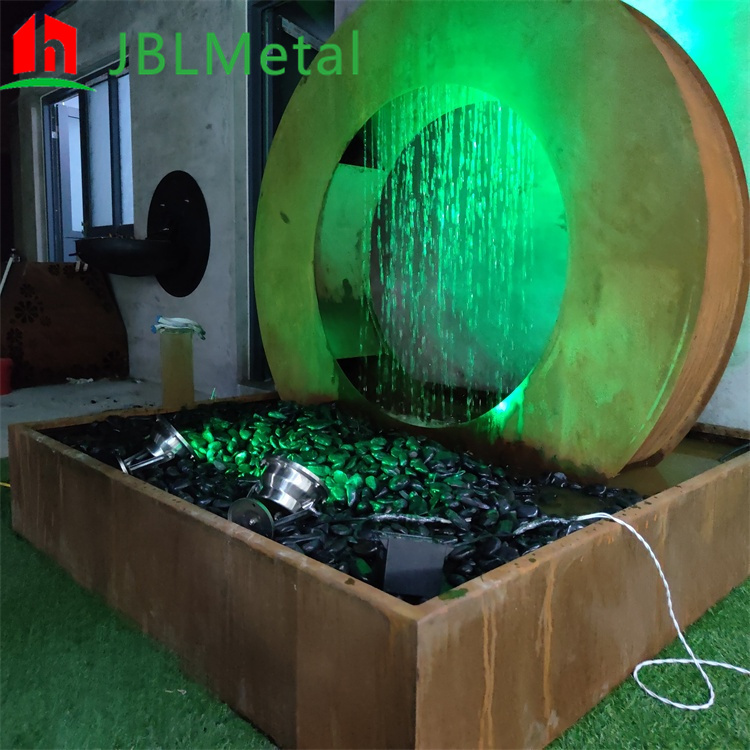
1. Corten steel - creates a durable, self-protecting rust that doesn't need painting or maintenance and offers a chic look without sacrificing structural strength.
2. Cascading blade: emits a lovely water sheet
3. The cascade's white LED light, which is integrated, illuminates the feature.
4. Appropriate for outdoor use.
5. Self-sufficient, requiring no ongoing water supply
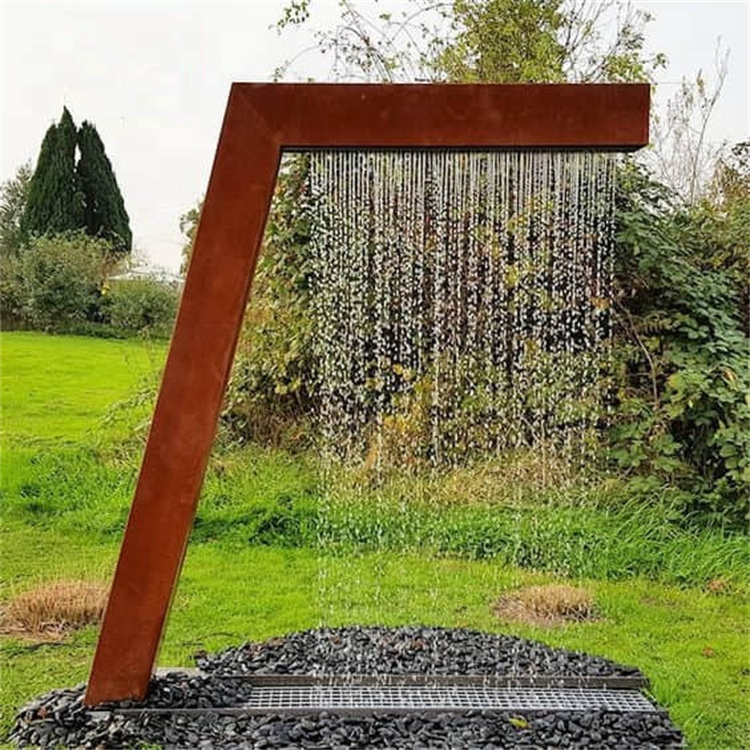

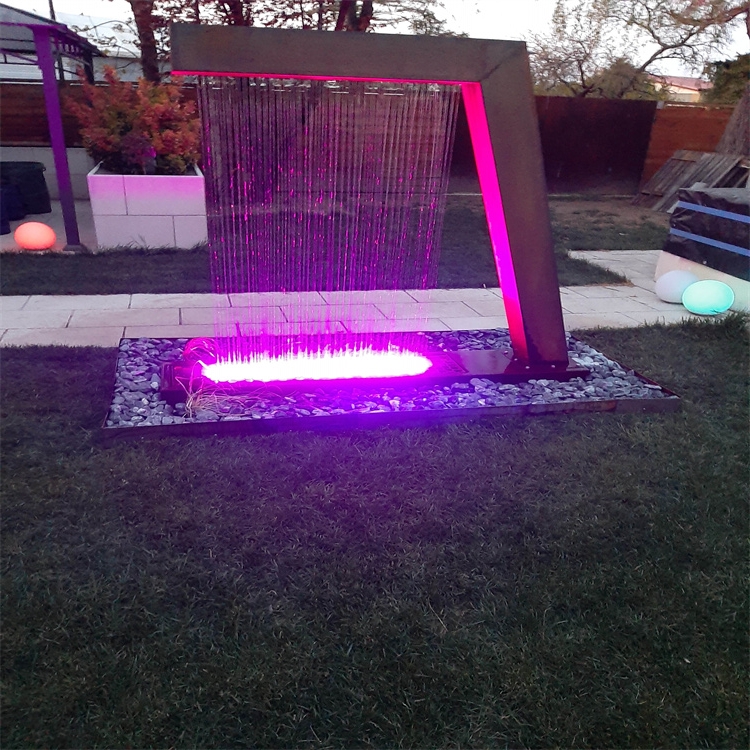
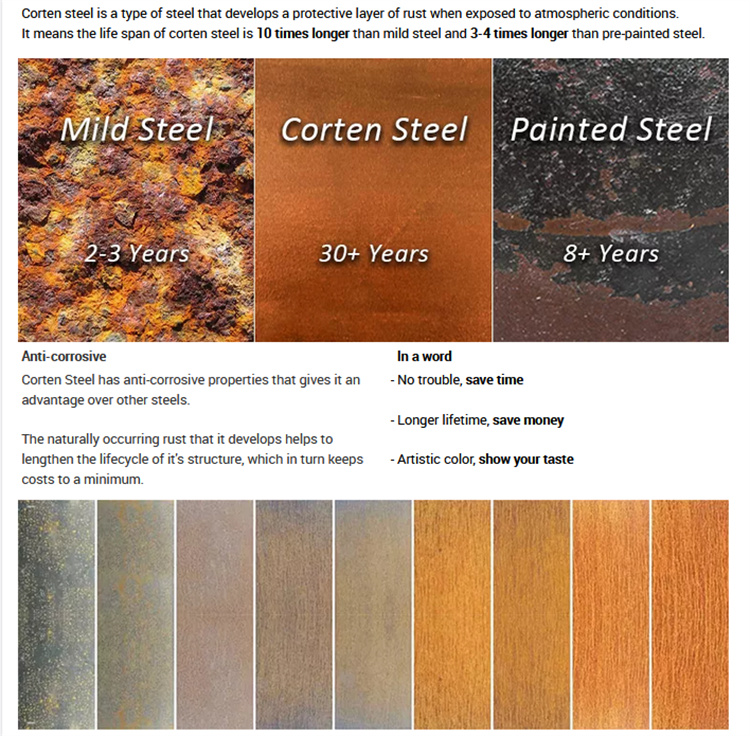

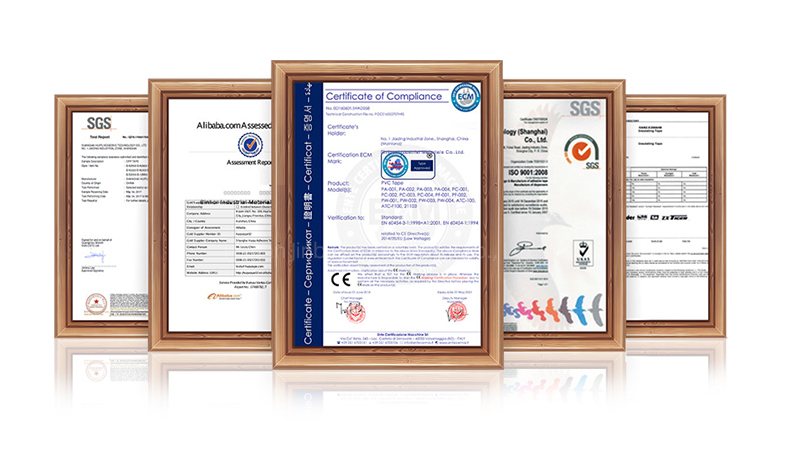
Water Feature,Garden Water Features,Backyard Water Feature,Patio Water Features
Henan Jinbailai Industrial Co.,Ltd , https://www.jblfirepits.com